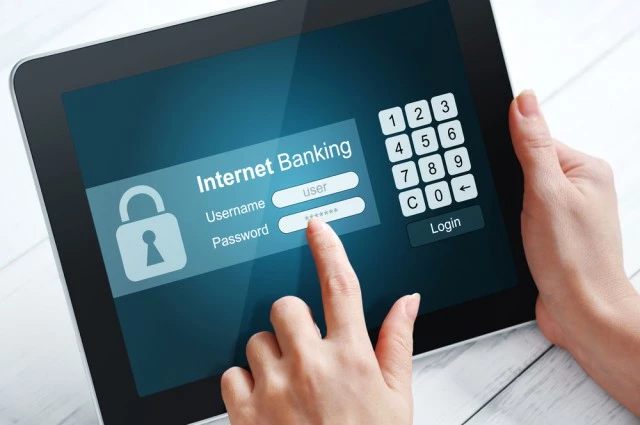How to Keep Your Internet Banking Safe When online banking initially became available, we know that many of us were afraid to use it because of legitimate security concerns. However, most of us finally agreed that it was quite safe. After that, internet banking has since become the most popular method for companies and online banking users to make deposits, transfer cash, pay bills, and examine their activities.
It's certainly preferable to waiting in line at the bank. Unfortunately, internet banking does not come without danger. There are several advantages, but you must be aware of the hazards in order to utilize them efficiently. A single blunder might expose your banking details to a ruthless cybercriminal.
So, to limit your possibilities of a data breach, here are six best practices for online banking. These pointers will go a long way toward protecting your financial information. So, let's get this party started.
#1: Never use a public Wi-Fi network to do online banking.
A hacker might camp out at Starbucks with a portable router in their bag, name their private Wi-Fi network Starbucks, and then wait for others to connect. And after you've connected to their pirate network, you'll still have internet access, but they'll be able to monitor and record everything you do. If you have to do it, prevent privacy invasion using best VPN server when you are at a public Wifi connection and then login to your bank’s website.
#2: Never give out your pin or password to anyone.
That may sound self-evident, yet you'd be surprised how many individuals share such information with their friends and relatives. It's impossible to predict who will use your passwords. So, at all costs, avoid disclosing that knowledge.
#3: Use a difficult password and change your banking password frequently.
This is something that everyone is talking about right now. But it's so critical that it's worth repeating. According to some experts, make sure you update your banking password every sixty to ninety days, or even every thirty days. Also, when creating a new password, make sure it's at least 10 characters long. Also, make sure it has a mix of capital and lowercase characters and numerals. Also, make sure it isn't based only on a dictionary word. Finally, avoid obvious passwords such as your children's names or birthdays or the name of your pet's telephone number.
#4: In your browser, look for the lock icon.
Look for a lock icon in your browser before entering any personal information on a website. The locker icon may appear in a different spot depending on whatever browser you're using, but it indicates that the website you're viewing is safe. It also has an SSL certificate, which Google considers a near-essential criterion for almost all websites. Why do we say that? Because if the website you are looking or making transaction is a legit one, it must possess the SSL certificate icon no matter what to operate successfully in today’s tech world. If it does not have it and your browser shows that this website is not secure, then, you should consider it as a bit shady situation and do not proceed.
#5: Set up online banking text notifications.
Many banks allow you to get a text or email alerts anytime your account has a transaction or if your balance falls below a specific threshold. You'll know immediately away if someone has accessed your bank accounts this way. You may then contact your bank right once to dispute any fraudulent charges. When purchasing online, you may identify these dubious attempts even before they are buying using 3D secure and 2-factor authentication solutions. Because your phone will receive the password or code before the purchase is finalized.
#6: Review your statement frequently.
Also, go through your transactions. Call your bank immediately if you discover transactions online that you don't recognize. Being aware of your transaction history is one of your best defenses against cybercrime.
#7: Using a password manager
Each of us has over 100 internet accounts for which we must remember our login and password. The only way to keep track of so many accounts is to reuse the same password across various sites or use a password manager. While it may appear unsafe to unfamiliar people, it is a highly secure method of creating, storing, and retrieving high-quality passwords. You may click right here where it reads "Passwords" in the middle whenever you log in to any app or account on your PC or phone. After the Face ID for mobile is validated, your login and unique password are immediately filled in. There are several password management apps available nowadays. Also, while using Chrome or other browsers, they can save and preserve your passwords.
Final Thoughts
Whether you like it or not, our small computer that we have in our pockets, and that for many of us is never more than two feet away from us at any one moment, was undoubtedly one of the most sensitive vaults of personal data that we have. It's no longer simply a good idea to protect our online security; it's a must.


No comments yet